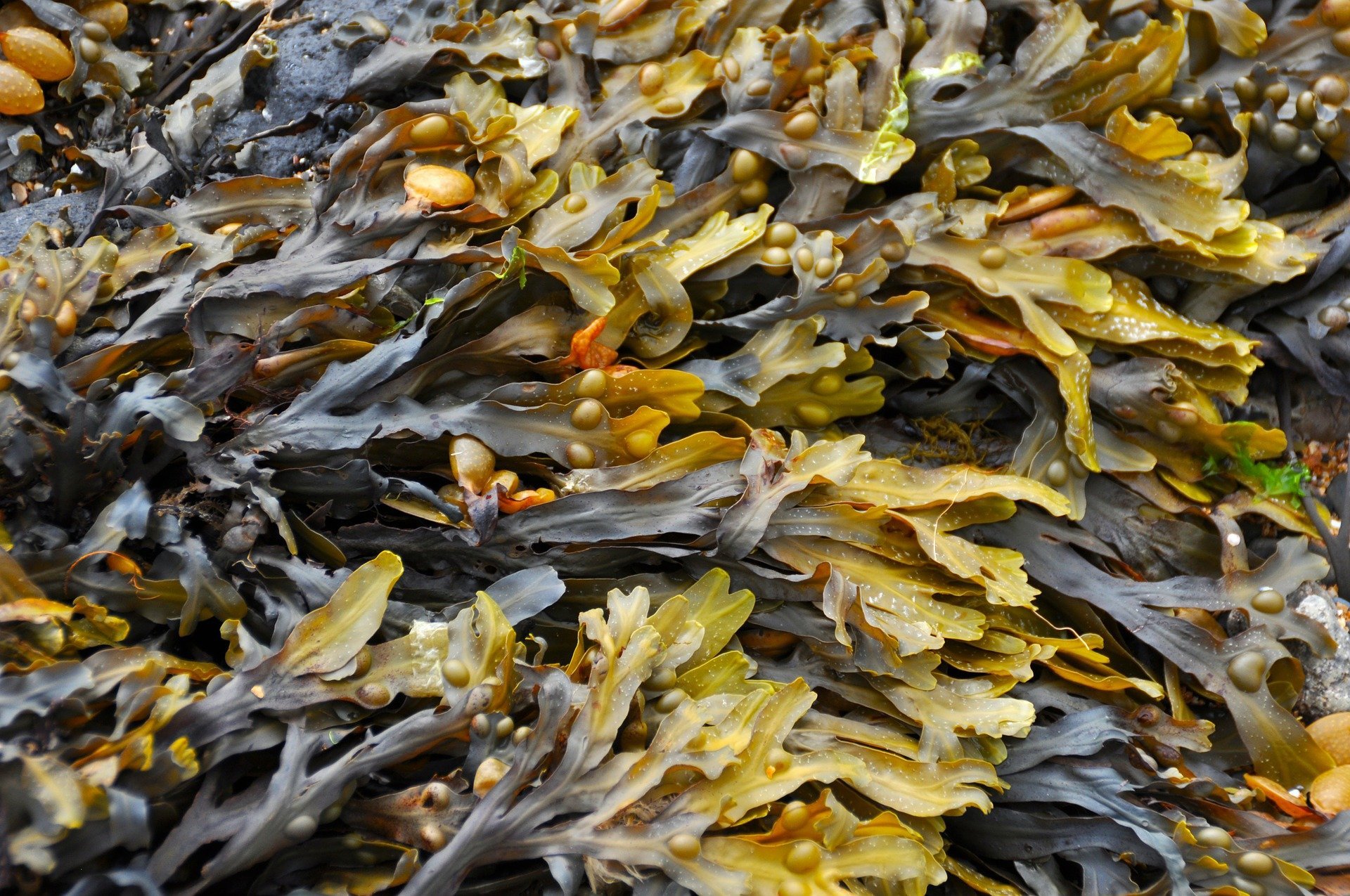
For anyone who wants to spend an afternoon at the beach, sunscreen is essential. Unfortunately, many UV blockers are harmful to the environment. A research project by the Hanze University of Applied Sciences Groningen and Royal Netherlands Institute for Sea Research (NIOZ Texel and Yerseke) is consequently investigating the use of a more natural variant of sun blocker. “Red seaweed has a protective mechanism against the sun,” said Rob van Haren, lecturer in Plant-based Production and Processing at the Hanze University of Applied Sciences.
The use of good sunscreen is important for skin health, but not as healthy for the ecosystem, such as coral and wildlife. It is no coincidence that Hawaii already banned sunscreens that work with a chemical filter two years ago in an effort to protect coral reefs which are declining in volume at a rapid pace.
In the ‘Porphyra, in the sunshine‘ research project at the Hanze University of Applied Sciences, various usages of the eponymous red seaweed are being explored, particularly in sunscreens. The UV-protective components in red seaweeds include mycosporin-like amino acids (MAAs) but also other components. Hanze is collaborating on this with the NIOZ Seaweed Centre of Expertise in Yerseke.
Van Haren: “Some time ago Hanze researcher Jesse van Groenigen, and NIOZ researcher Dorien Derksen came up with the idea of using red seaweed as the basis for making a sun blocker. Seaweed lives in the intertidal zone, the area that is submerged at high tide but rises above sea level at low tide. Red seaweed is dark in color and absorbs a lot of heat and radiation from the sun’s rays. That is why it has developed a defense mechanism for itself against UV rays when the tide is low. If we can prove that we can also put these into sunscreens for human use, then we will have found a nice alternative to the sun blockers currently on the market that aren’t ‘reef safe.'”
The right conditions
The seaweed project has been running for six months now. The coming time will be spent researching the conditions under which the plant grows best and in doing so makes the natural sunscreen. “The seaweed does not make these substances just like that. This is because these are complex substances that are extremely energy-intensive for the organism to make. An environmental stimulus must be present to ultimately make the substances, such as dry weather, exposure to UV radiation or a combination of the two. How we can best approach this is something we are going to find out in the near future.”
Then the seaweed will be cultivated in larger quantities in seaweed basins in the Dubbele Dijk area of Groningen. “We’re going to set up at least a hectare of seaweed ponds,” he says. If enough seaweed can eventually be grown, it will also at some point become attractive for market parties to produce it on an industrial scale, Van Haren says. Several SMEs, including cosmetics company Dr. Jetske Ultee, have already joined the research project.
Just how effectively seaweed blocks UV rays are still being studied. Also, the sun blocker can be added to existing sunscreens to significantly reduce toxic side effects while still retaining the same sun protection factor.
Even more uses
The full potential of the seaweed is being explored during the research project. In addition to the solar blocker, many other components are being extracted for high-value applications. “We can also extract carbohydrates. These are long-chain sugars that can be used as prebiotics. They have been found to be beneficial to microorganisms in the intestines. Proteins also remain that can be used in meat substitutes. As for the red dye, it can be used to color clothing or to produce lipstick.” In the end, the plant is used in its entirety. No waste product remains.
European approval
The use of red seaweed in cosmetics is already legal. If the seaweed sun blocker comes back positive from the tests, an approval procedure will be initiated to allow the drug to also be marketed as a UV blocker. “The European Food Safety Authority (EFSA) has to give its verdict on it so that our UV blocker will be included in the list of officially approved UV blockers. That will take some time. But once we get approval, then we can soon hit the market.”







